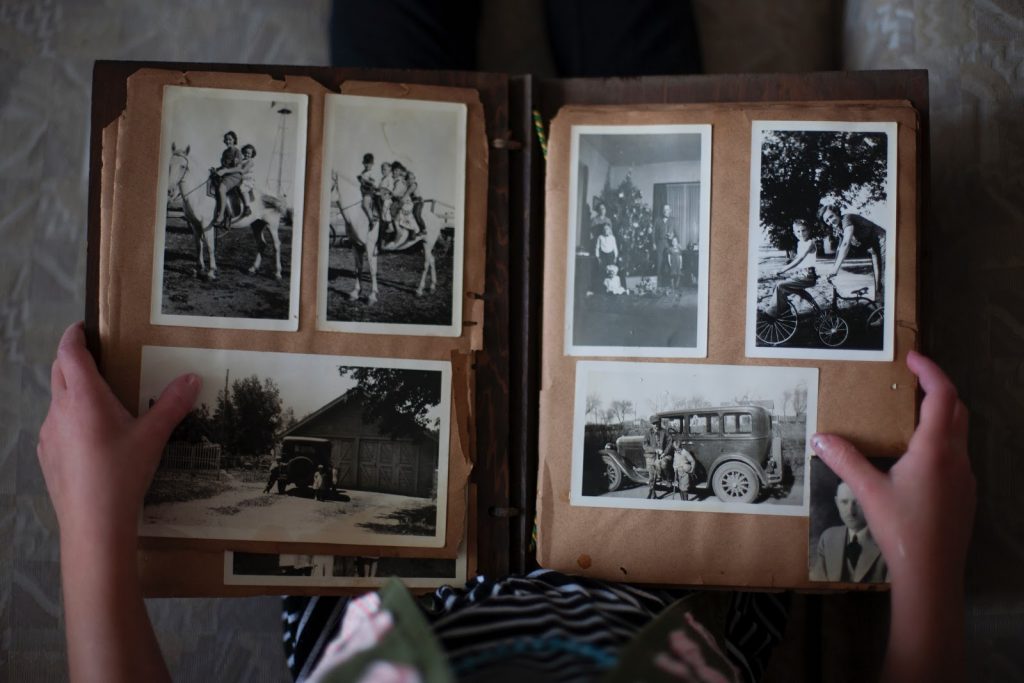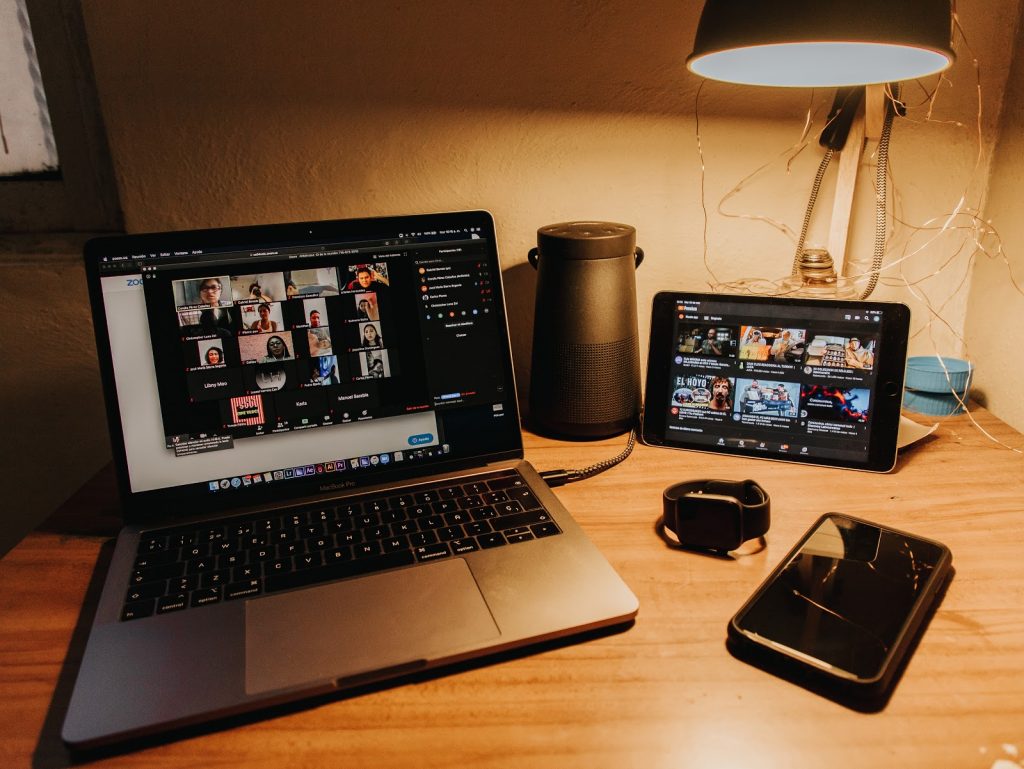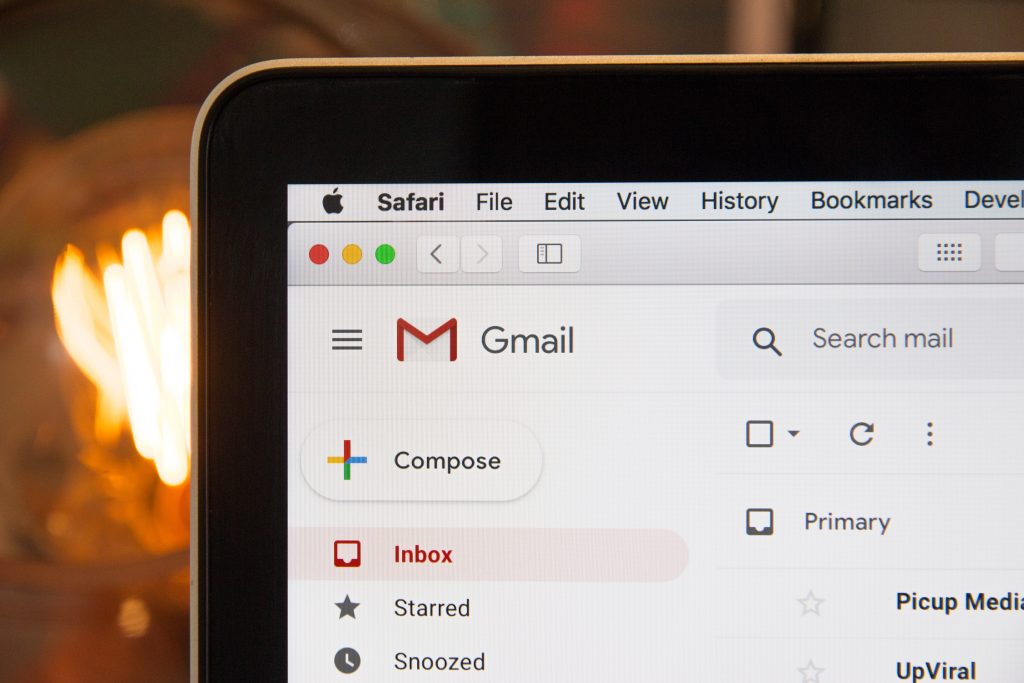There’s no doubt that many of us are feeling isolated right now, looking forward to being able to see friends and family again. Of course, one way of coping with this era of social distancing is to reflect on better times–times of togetherness, celebration, and community. We pull out scrapbooks and watch old home videos, or look through the embarrassing photographs our parents took of us when we were five. But another great activity right now is to preserve these memories for the future. Read on for some quick and easy ways to preserve your family history at home this spring.
Photographs

- Gather all of your photographs and store them together–they’re less likely to be permanently lost if they’re a collection!
- If you’re with family, now is a great time to sit down together and go through old photographs, labeling them with names, locations, and dates in pencil on the backs.
- Find a cool, dry space in your home to store them–somewhere unlikely to experience fluctuations in temperature, light, or humidity. Attics, garages, and unfinished basements are not the ideal choices; closets and unused filing cabinet drawers are both solid choices.
- You’ll want to use a box to store your photos. It can be either cardboard or plastic, but if cardboard, look for something acid-free, and if plastic, use a box made of polyethylene or polypropolene. However, any box is better than no box!
- Make sure there’s enough room in the box so that your photos aren’t tightly packed or left with bent edges.
- If you have scrapbooks or photo albums, try to store them in individual boxes so that photographs won’t get mixed up if they come apart from the page. If you really want to go all out, consider looking into acid-free photo albums.
- Digitize the ones you love the most! If you don’t have a scanner, you can just snap a photo with a phone or DSLR. This is a great way to save them forever, and you can also share them with family and friends.
Video

- If you’re preserving old VHS or Betamax tapes, you’ll want to keep these stored upright, in a cool, dry place. Make sure to never get any magnetic or large sound devices (like amps) near them!
- The best way to keep accessing these is to convert them. This might be trickier, since you’ll have to acquire a few things, so it might be best to wait until quarantine is over for this part. However, you may have some of these devices on-hand:
- If you have a working VCR or Betamax tape player, great! But if not, refurbished ones can be purchased from eBay (or, if you search for one after quarantine, thrift stores also often have them).
- Get yourself an analog video-capture USB dongle (again, better to responsibly socially distance and purchase something online). These are usually affordable, ranging from $13 to $40 (or perhaps, if you wish to be very fancy, up to $100).
- When you connect your VCR or Betamax player up to your computer, you’ll be prompted to install the video-capture software that allows your dongle to convert the video. Depending on what you use, it will walk you through the conversion process.
- Set aside some time! If you want to convert a two-hour video, it will take two hours.
- Save it and consider making a backup, either on an external drive or a cloud service.

- A lot of people forget about e-mail, but so many families use it to connect as group communication, and now is a great time sort out family e-mails you want to save. An easy way to get started is to search for your known correspondents and then saving valuable e-mails to another medium. There are several ways to go about this:
- If you’re on Gmail or Outlook and only have a few e-mails to save, you can do each one manually by using the “Print All to PDF” feature located in the upper-righthand corner of the window. This will grab the whole e-mail chain and preserve timestamps, e-mail addresses, and formatting. You can stash those on your computer, but I’d recommend also saving the PDFs on some other format, too, like an external hard drive or flash drive.
- To save e-mails in bulk in Gmail, you can install an extension in Chrome, like cloudHQ, which will allow you to more easily select hundreds of e-mail threads and use a dropdown menu to save all of them to PDF. Alternatively, you can also use Google Takeout to archive all of your e-mail in MBOX format and later convert these to PDF format for long-term accessibility (but I’d recommend the first route–it’s way easier).
- With Outlook, you can select multiple e-mails and use the “Save as File” function to save them as PDFs onto your hard drive.
There are so many other items that I couldn’t cover here, like diaries or family heirlooms. However, the worst kind of intervention is no intervention; if you only have time to move those photo albums out of the attic and into some boxes, that will add a few years onto their lifespan. Now is a great time to get preserving your family’s history!